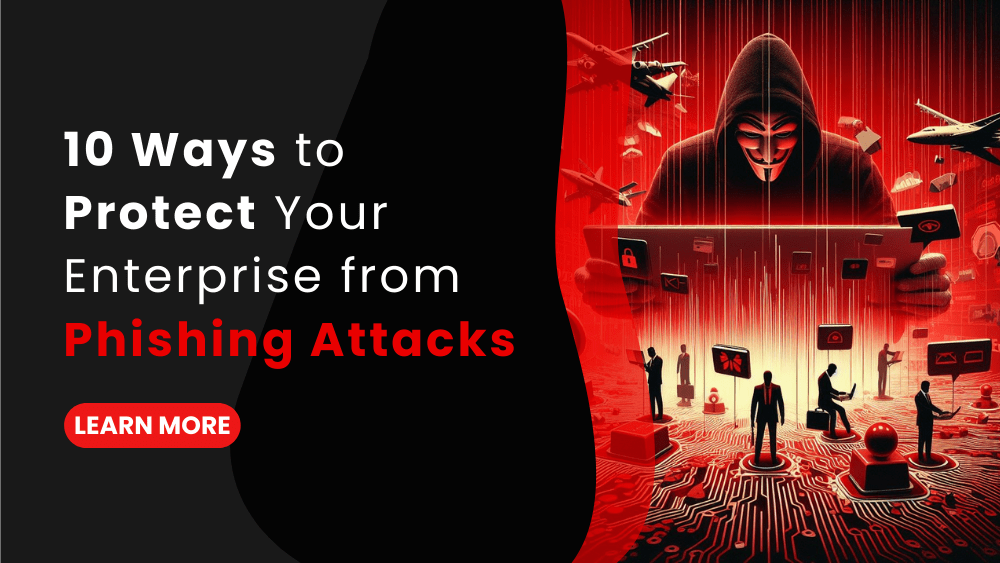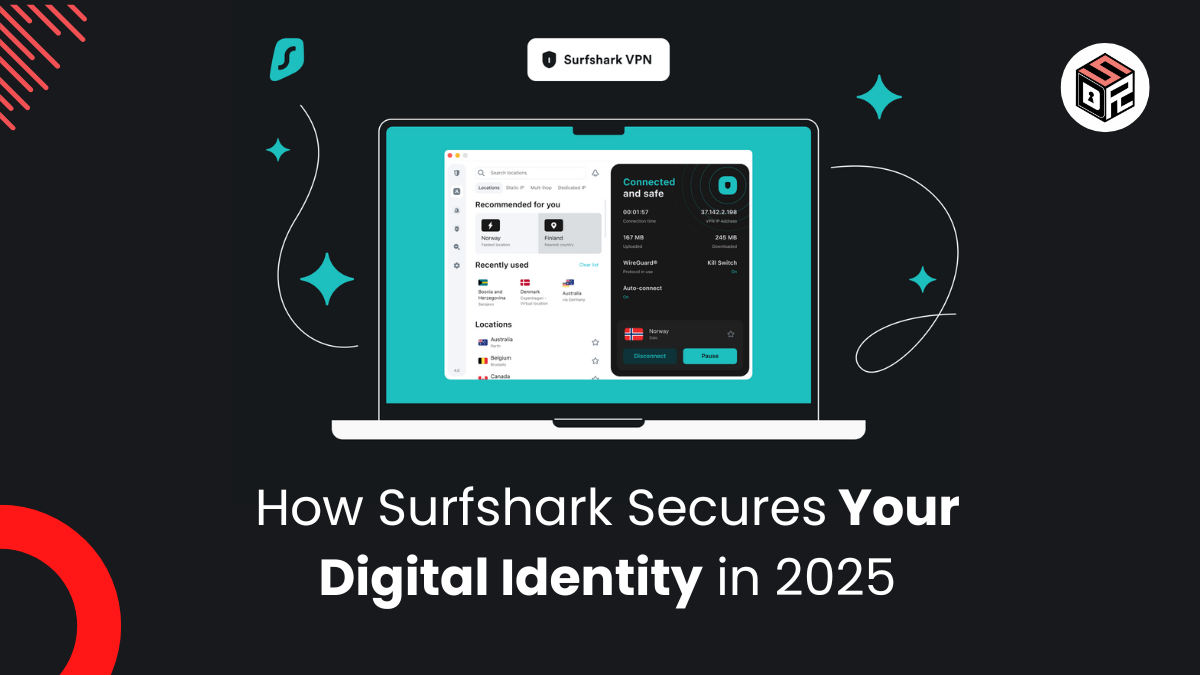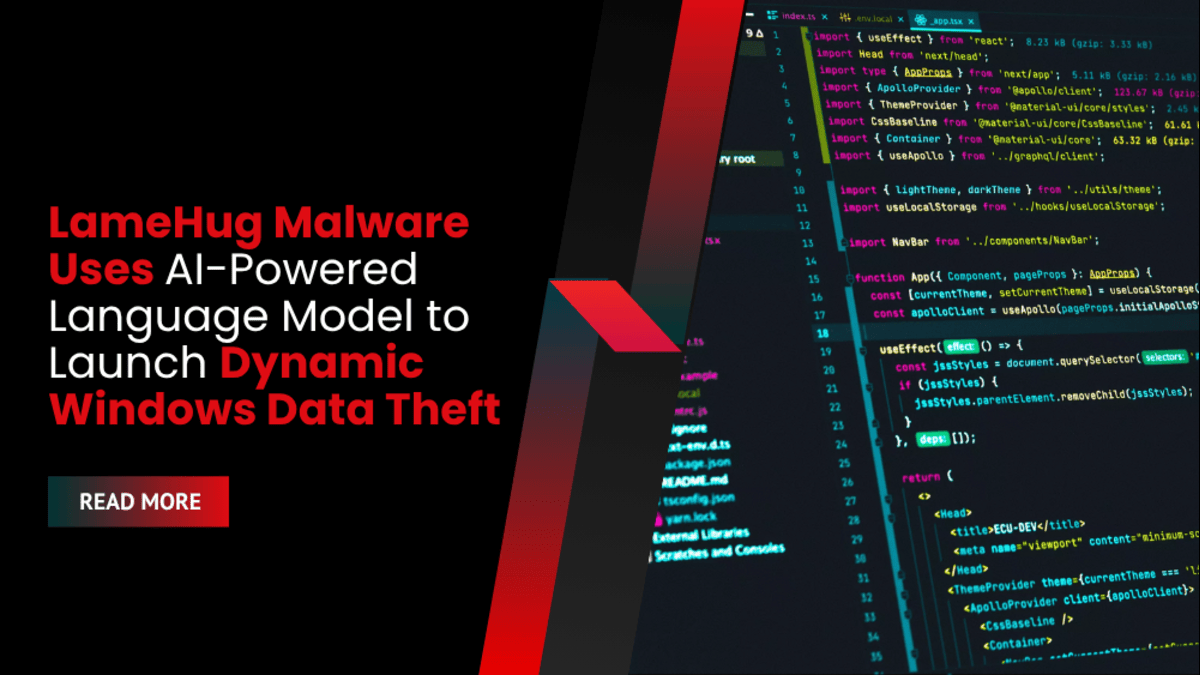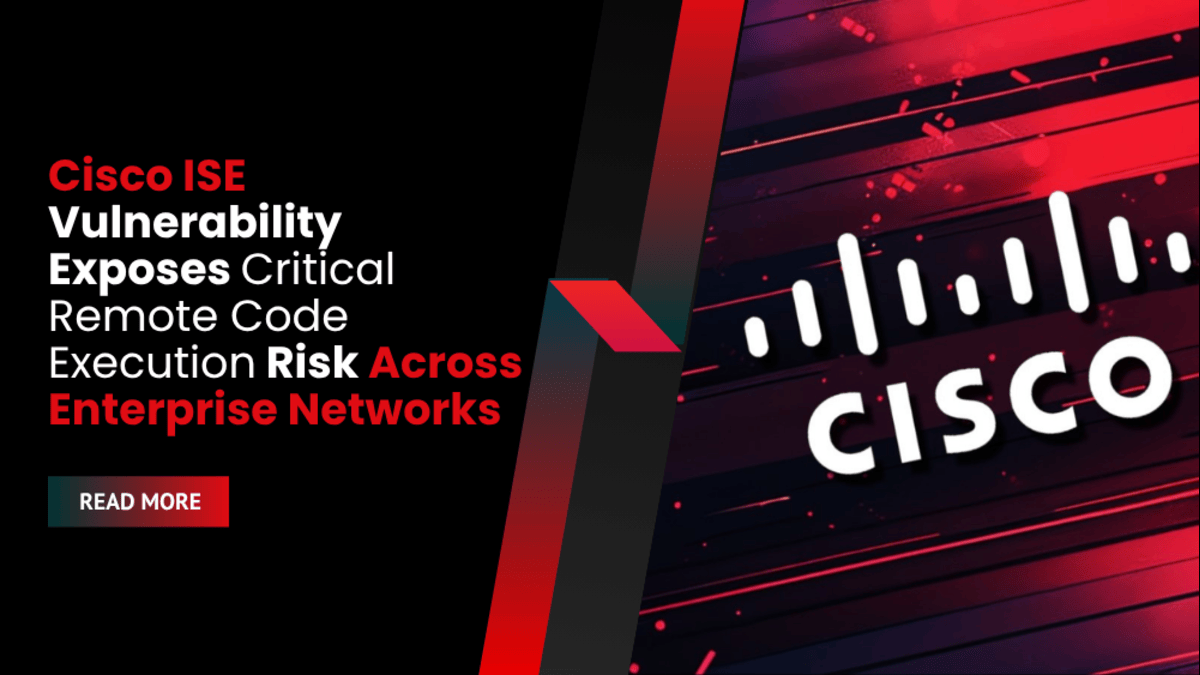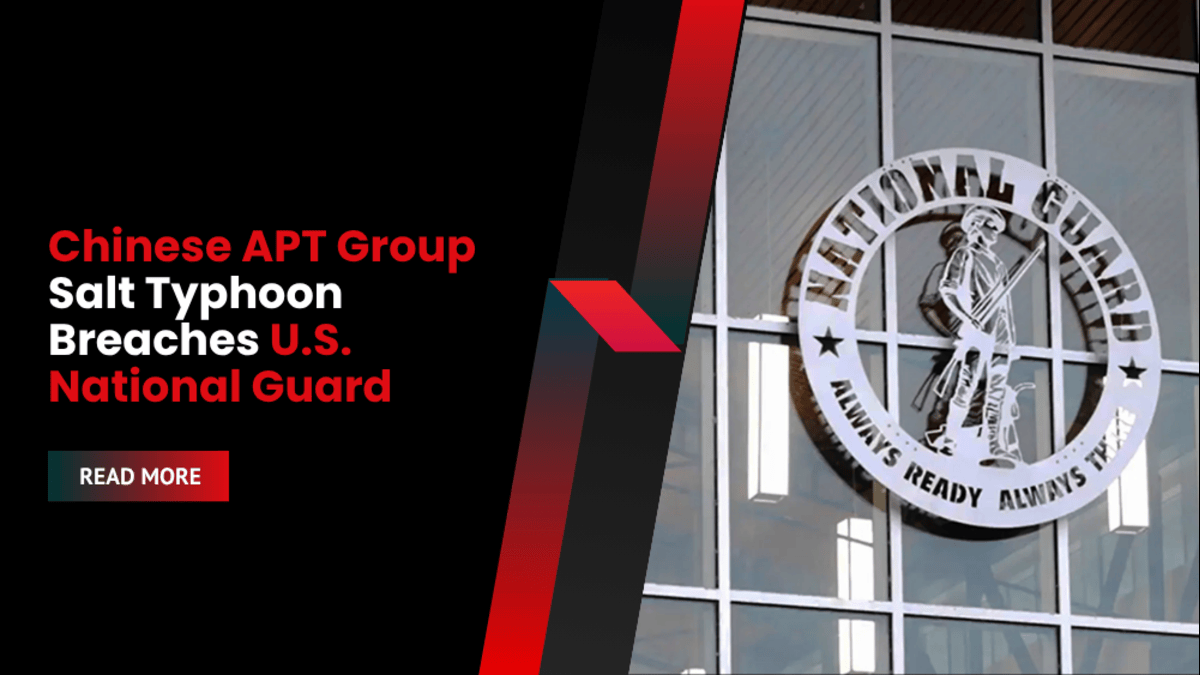Enterprise businesses face an ever-increasing threat from phishing attacks. These malicious attempts to deceive employees and gain unauthorized access to sensitive information can have devastating consequences for organizations.
According to a Verizon report, almost 82% of all data breaches involved humans using stolen credentials, phishing attacks, social engineering tactics, impersonation, misuse, or error.
With the rise of sophisticated cybercriminals and the constant evolution of phishing techniques, it is no longer sufficient to rely solely on traditional security measures.
This comprehensive guide will provide you with 10 invaluable strategies to protect your enterprise business from the perils of phishing attacks and equip you with the knowledge to fortify your defenses and empower your employees to become the first line of defense against phishing attacks.
What is Phishing?
Phishing is a malicious cyber attack technique used by cybercriminals to deceive individuals or organizations into revealing sensitive information such as usernames, passwords, credit card details, or other confidential data.
It typically involves impersonating a trustworthy entity, such as a reputable company, financial institution, or government agency, through fraudulent emails, text messages, or websites.
These attackers often employ psychological manipulation tactics, such as urgency, fear, or enticing offers, to trick their targets into disclosing sensitive information or clicking on malicious links.
Phishing attacks can have severe consequences for enterprise businesses. They can result in financial losses, identity theft, data breaches, and damage to an organization’s reputation.
Phishing attacks have become increasingly sophisticated, with attackers using advanced techniques like spear phishing, whaling, and pharming to target specific individuals or organizations.
10 Tips to Protect Your Business from Phishing Attacks
As an enterprise business, your data and assets are invaluable.
So, let’s dive into the 10 ways you can shield your enterprise business from the pervasive threat of phishing attacks and emerge stronger and more resilient in the face of cyber threats.
1. Educate Employees about Phishing Attacks
One of the most important steps in preventing phishing attacks is to educate your employees about the various types of phishing attacks and how to identify them. Conduct regular training sessions to raise awareness about the risks associated with phishing and provide practical examples of common phishing techniques. Teach employees to be cautious when opening emails, clicking on links, or downloading attachments from unknown sources.
2. Implement Strong Email Security Measures
Email is a primary channel through which phishing attacks are launched. Implementing strong email security measures can significantly reduce the risk of falling victim to phishing scams. Use advanced spam filters and email authentication protocols such as SPF, DKIM, and DMARC to detect and block suspicious emails. Additionally, consider using email encryption to protect sensitive information from being intercepted.
3. Enable Multi-Factor Authentication (MFA)
Enabling multi-factor authentication adds an extra layer of security to your enterprise systems and applications. MFA requires users to provide additional verification, such as a fingerprint scan or a one-time password, in addition to their username and password. This makes it much more difficult for attackers to gain unauthorized access to sensitive data, even if they manage to obtain login credentials through phishing attacks.
4. Regularly Update and Patch Software
Outdated software and unpatched vulnerabilities can leave your enterprise systems susceptible to phishing attacks. Ensure that all software, including operating systems, web browsers, and plugins, are regularly updated with the latest security patches. Implement an automated patch management system to streamline the process and minimize the risk of overlooking critical updates.
5. Use Advanced Threat Detection Tools
Invest in advanced threat detection tools that can identify and block phishing attacks in real-time. These tools utilize machine learning algorithms and behavioral analysis to detect suspicious patterns and behaviors associated with phishing attempts. They can also provide insights into the latest phishing trends and help your IT team stay one step ahead of cybercriminals.
6. Implement Web Filtering and URL Reputation Services
Web filtering and URL reputation services can help prevent employees from accessing malicious websites or clicking on phishing links. These services analyze website content and reputation to determine if a website is safe or potentially harmful. By blocking access to known phishing websites, you can significantly reduce the risk of successful phishing attacks.
7. Regularly Encrypt and Back Up Data in Air-Gapped and Immutable Storage
Regularly backing up your enterprise data is essential in case of a successful phishing attack or any other security incident. Implement a robust backup strategy that includes both on-site and off-site backups. Encrypting your data ensures that even if it falls into the wrong hands, it remains unreadable and unusable.
It is equally important to ensure that your backup strategy incorporates proper backup and disaster recovery practices, including the use of air-gapped and immutable backups.
By storing backups in separate, offline, air-gapped systems, you create an additional layer of protection against unauthorized access or tampering. This prevents attackers from compromising both your primary data and your backups in the event of a successful phishing attack.
With immutable backups, once data is backed up, it cannot be modified, deleted, or overwritten for a specified period of time. This ensures that even if an attacker gains access to your systems or backup infrastructure, they cannot alter or delete your backup data. This approach preserves the integrity of your backups to ensure that they remain pristine over time.
8. Conduct Phishing Simulations and Assessments
Regularly conduct phishing simulations and assessments to gauge the effectiveness of your security awareness training program. These simulations involve sending mock phishing emails to employees and tracking their responses. By analyzing the results, you can identify areas for improvement and provide targeted training to employees who may be more susceptible to phishing attacks.
9. Establish Incident Response and Reporting Procedures
Having a well-defined incident response plan is crucial to minimize the impact of a successful phishing attack. Establish clear procedures for reporting suspected phishing emails or incidents to the IT department. Ensure that employees know who to contact and what steps to follow in the event of a phishing attack. Prompt reporting can help contain the attack and prevent further damage.
10. Stay Informed about the Latest Phishing Trends
Phishing techniques are constantly evolving, and it is essential to stay informed about the latest trends and tactics used by cybercriminals. Regularly monitor industry news, security blogs, and reports to stay updated on the most common phishing attacks. Sharing this information with your IT team and employees can help them stay vigilant and adapt their security practices accordingly.
Conclusion
Remember, the threat landscape is constantly evolving, and cybercriminals are becoming more sophisticated in their tactics. It is crucial to stay updated on the latest phishing techniques and educate your employees regularly to ensure they remain vigilant and informed. By fostering a culture of security awareness and providing ongoing training, you can create a united front against phishing attacks.
Additionally, don’t underestimate the importance of robust cybersecurity infrastructure, including firewalls, antivirus software, and intrusion detection systems. These tools, combined with regular security audits and vulnerability assessments, will help identify and mitigate potential weaknesses in your systems.
Lastly, maintaining open lines of communication within your organization is vital. Encourage employees to report any suspicious emails or incidents promptly.
By implementing these strategies, you can significantly enhance your defenses and empower your employees to become watchful guardians against phishing attempts.
Frequently Asked Questions (FAQs)
Q1: What are the most common types of phishing attacks?
The most common types of phishing attacks include spear phishing, whaling, pharming, and vishing. Each type targets different individuals or uses different techniques to trick victims into revealing sensitive information.
Q2: How to prevent phishing attacks in an organization?
Educate employees about phishing techniques, implement strong security measures, use multi-factor authentication, and establish strict access controls.
Q3: How to protect against phishing attacks?
Be cautious of suspicious emails or messages, avoid clicking on unknown links, regularly update software, and use robust antivirus and spam filters.
Q4: What is the difference between phishing and blagging?
Phishing is a cyber attack using deceptive emails or messages, while blagging involves manipulating individuals to gain unauthorized access through social engineering tactics.
Q5: How to prevent phishing emails?
Be cautious of unsolicited emails, don’t click on suspicious links, verify the sender’s identity, and report phishing emails to your IT department.
Q6: If I suspect that I have received a phishing email, what should I do?
Do not click on any links or provide any personal information. Report the email to your IT department or the appropriate authority for further investigation.
Q7: How do spear phishing attacks differ from standard phishing attacks?
Spear phishing attacks are more targeted and personalized compared to standard phishing attacks. In spear phishing, attackers research their victims and tailor their messages to appear more legitimate and trustworthy. This makes it harder for victims to identify the attack and increases the chances of success for the attacker.
Q8: What are the best practices for preventing phishing attacks?
Some best practices for preventing phishing attacks include educating employees about phishing, implementing strong email security measures, enabling multi-factor authentication, regularly updating and patching software, using advanced threat detection tools, implementing web filtering and URL reputation services, regularly backing up and encrypting data, conducting phishing simulations and assessments, establishing incident response and reporting procedures, and staying informed about the latest phishing trends.
Q9: Are there any tools to prevent phishing attacks?
Yes, there are various tools to prevent phishing attacks. These include email security solutions, multi-factor authentication systems, advanced threat detection tools, web filtering and URL reputation services, and encryption software. It is important to choose the right tools that align with your business needs and provide comprehensive protection against phishing attacks.
Q10: What are the most common phishing methods used in recent attacks?
Some of the most common phishing attacks in recent times include COVID-19 related phishing scams, financial phishing targeting banking and payment information, credential harvesting attacks, and business email compromise (BEC) attacks. These attacks exploit current events, human vulnerabilities, and trust in order to deceive victims and gain unauthorized access to sensitive information.

